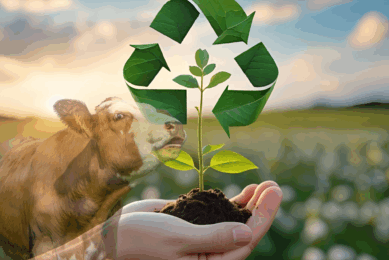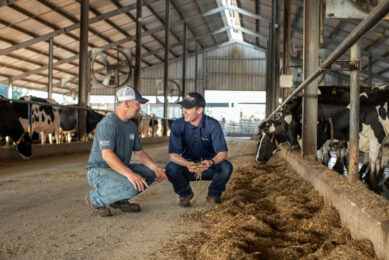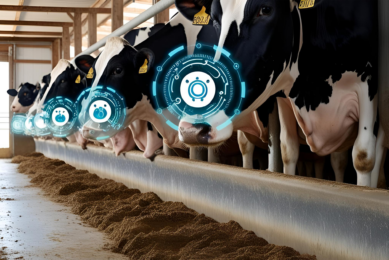Chile’s new sustainability standards and the impact on dairy
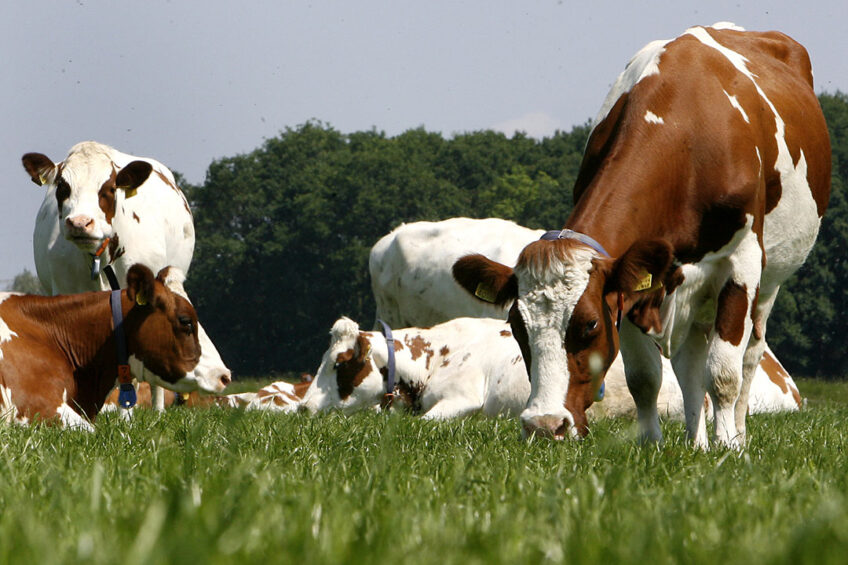
Chile wants to move toward more sustainable milk production. For that reason, the Ministry of Agricultural of this country together with the Dairy Consortium and with the support of the Inter-American Institute for Agriculture Cooperation (IICA), developed standards of sustainability based on best practices for dairy farmers. For more details, we interviewed Natalie Jones, Coordinator of the Dairy Consortium Sustainability Area.
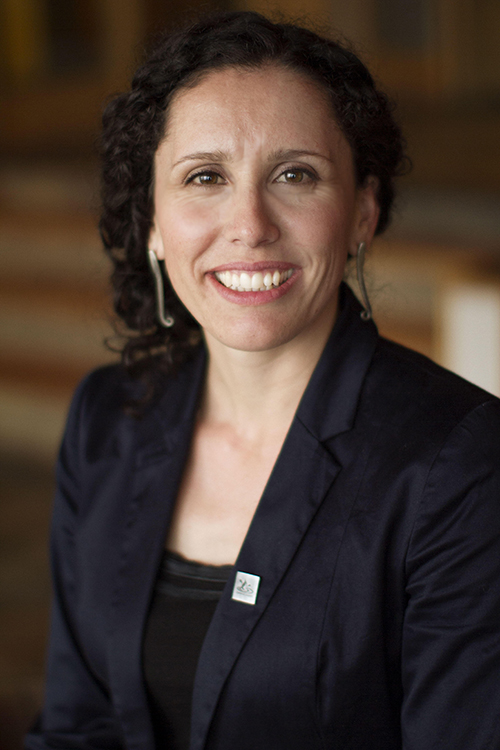
How did the idea of developing sustainability standards for the dairy sector come up?
What is the Sustainability Standard for Chilean Dairy Farms?
The Sustainability Standard is a management tool for the dairy sector, which identifies good practices and actions in order to make the processes more sustainable, contributing positively to the economic, social, and environmental areas through 10 priority themes: soil, animal welfare and health, water, greenhouse gas emissions and energy, waste, biodiversity, economic management of the farm, social environment and labour conditions, local communities, milk quality and safety.
What difficulties did you encounter during the development and implementation of the programme?
The main difficulty was to agree with the dairy farmers on measures that were feasible for them and could be objectively verified.
What are the benefits for a Chilean dairy farmer to be certified in sustainability?
The first is to be able to recognise what they do well. There is a lot of what Chilean producers are already doing that is positive but is not known to the consumers. However, we know that there is also room for further improvement, and this standard, as it is designed, allows us to provide a way for producers to advance in sustainability. In addition, we believe that a credible certification such as this will also allow us to objectively demonstrate where our efforts are and what we are working on, as this standard is certified by a state body. It is also a tool that recognizes the effort made by milk producers to comply with the requirements of the current certification (called PABCO), which is focused on health safety, by giving them an additional starting point.
This is done in a flexible way, as it allows the dairy farmer to choose, among the total number of actions, those that best suit his/her issues of interest, production system and level of progress in order to add up the necessary points to become certified. And finally, in the first stage, the producer who is voluntarily available to become certified will have technical support during the process of preparation for certification.
Could you briefly explain the scoring system?
The standard has 156 actions that were classified into 4 levels:
Basic
Initial
Intermediate
Advanced
Each level has a different score depending on the feasibility of implementing the action and the level of impact it has on the sustainability of the farm. In this way, all producers, regardless of their size or production system, could access one of the certification levels. In other words, it is not the same to install a biodigester system in the slurry pit (advanced action), as it is to put up signals in the milking parlour (initial action).
Thus, dairy farmers can choose the actions that are feasible for them, that apply to their production system (grazing or housed) and their level of progress (a farmer with 1500 milking cows or small-scale family farming) in order to score points and access one of the 3 levels of certification (250 points = 1 year, 350 points = 2 years and 450 points = 3 years).
What has been the reaction of the producers so far to the implementation of the standard?
In the beginning, as in all new processes, there was some hesitation, but since we are doing this process with them and with the support of the processing companies, they quickly realised the benefits of participating and that, despite the effort required, it is possible to achieve it.
What are the issues/actions that, in your opinion, are most urgent to carry out in Chile and that should be prioritized (social, environmental, economic dimensions)?
After the self-assessment process, we observed that a lot of progress was made on issues such as quality and safety and animal welfare, while we have made the least progress in water management (mainly due to the low number of hectares irrigated) and biodiversity.
To date, how many producers have already achieved a certification?
We are currently in a pilot phase in which more than 180 farms are participating together with the technical advisors of the processing plants and other interested producer organisations. These farms have already a self-assessment and we have a very close idea of what are the main strengths and gaps of the dairy farmers with respect to this standard. We are currently working with the technical advisors on the strategy to support producers to be certified by the end of the year, which is our goal. Although we do not yet have a defined coverage target, looking at the experience of other countries, we aspire to have by 2030, at least 70% of producers supplying milk to Dairy Consortium’s partner processing companies, approximately 1,800 dairy farmers.
Are there other countries in Latin America that have national programmes of this type?
We know that some international companies with operations in Latin America have a similar model to promote the implementation of sustainable practices. However, the Chilean dairy sector is the first to adopt it as a national strategy to move forward on this issue.
Join 13,000+ subscribers
Subscribe to our newsletter to stay updated about all the need-to-know content in the dairy sector, two times a week.



